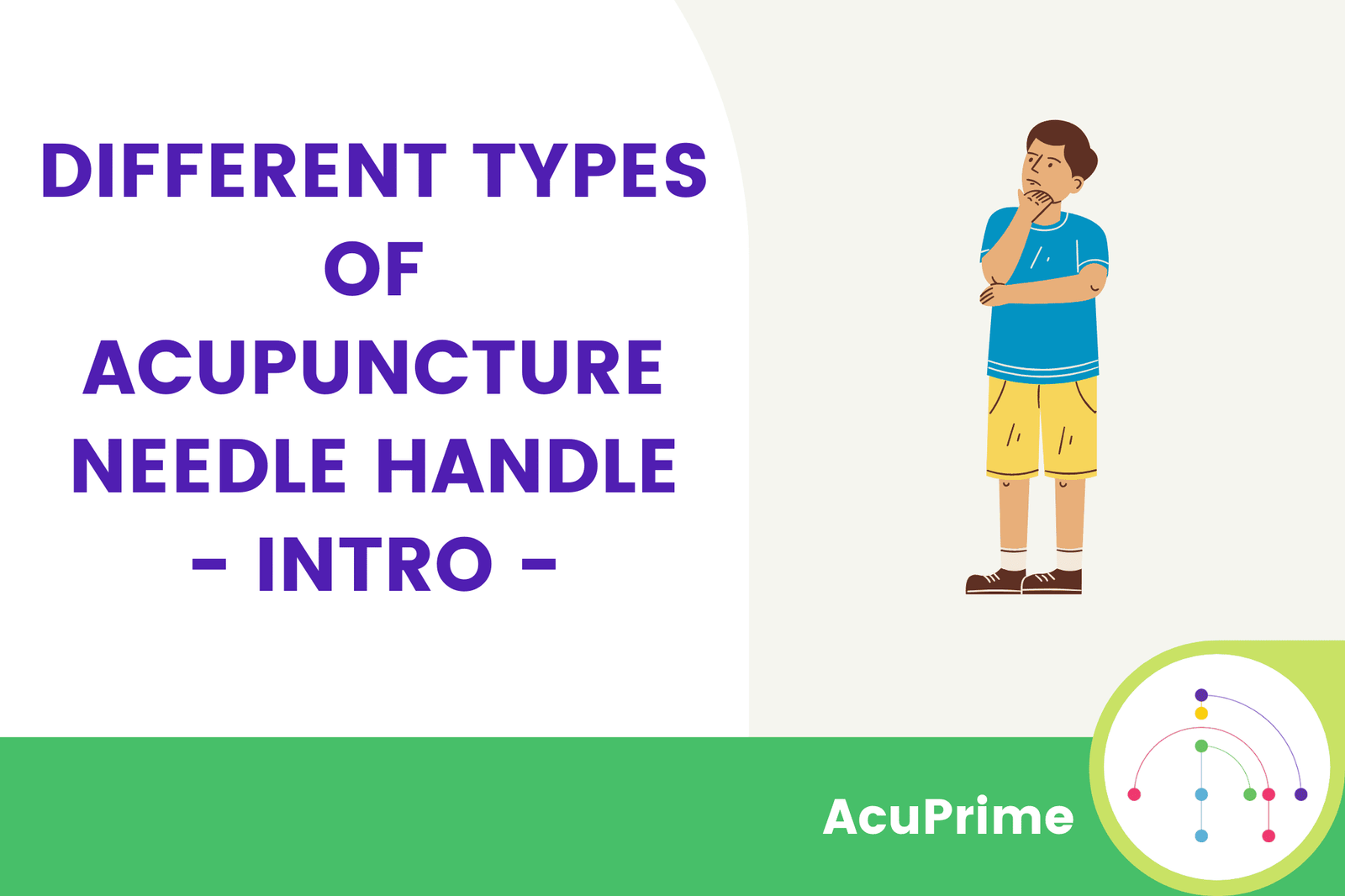Acupuncture has been around for thousands of years and varies depending on style, country and application. As a result, there are more types of acupuncture needles than you can shake a stick of moxa at. The moment you think you’ve narrowed down the needles you need, another variable crops up.
Don’t worry, we’re here to clear up the confusion with 5 tips on what to think about when you’re choosing acupuncture needles.
#1 What type of acupuncture do you practice?
This might sound obvious but new practitioners, or even established acupuncturists, might not be sure of which type of acupuncture they practice or want to expand into. Do you practice Traditional Chinese Medicine? Are you a Western acupuncture specialist? Do you focus on hand and foot acupuncture or are you a firm proponent of auriculotherapy?
Many professionals use different types of acupuncture for different patients and go on to expand their services as they learn new skills. As no two acupuncture needles are the same, it’s a great idea to list the types of acupuncture you do, so you can quickly see what needles you need.
#2 What type of handle do you need?
Copper, silver-plated, plastic, top loop….there are many types of acupuncture needle handles. Copper is a traditional handle material and most needles were made from this before plastic moulding technology became widely used. For traditional practitioners and those using moxa and electro-acupuncture, copper is still a great handle choice.
When thinking about handles, the material is important. Some materials will offer excellent feedback but may need a more delicate touch. Others will be strong and have great grip but provide less feedback to you.
If you use or want to use moxa, you’ll likely need acupuncture handles with a top loop. The moxa secures to the loop and stays in place safely. Chinese-style handles typically have a top loop while Korean-style handles usually do not.
For more information on handle types, check out our article on choosing the right acupuncture handles.
#3 Do you have options for every patient?
As we all know, every patient is different and that means you require different needles. From varying widths and lengths, it’s vital you have a wide range of acupuncture needles so you’re always prepared.
Many needles have a thin, silicone coating. This allows them to slide into the skin with minimal resistance, maximising comfort for the patient and accurate placement by you. However, some patients are sensitive or even allergic to silicone. For these patients, it’s crucial to have silicone-free acupuncture needles, like our Meridius PURE needles.
#4 How often do you practice?
Is acupuncture part of your daily work or is it something you do occasionally for patients with a main focus elsewhere? Do you practice many types of acupuncture, only doing some infrequently?
Because you’ll need a wide range of needles, some types may not get used very often. When needles can come in boxes of 500 or 1000, you might find that infrequently-used types languish at the back of your cupboards, only to go out of date.
Every needle we sell has been sterilised, usually using EO gas or Gamma rays. EO gas sterilisation keeps needles safe for three years. Gamma ray sterilisation has an increased shelf life of five years. While most practitioners will use needles long before these years pass, if you know that you rarely use one type of needle, say a silicone-free needle, then it helps to know how long you can keep them for.
This is also a good question for box size. If you practice daily and with a significant number of needles, going for large boxes with multiple needles per blister is an efficient and waste-reducing option. If you practice less frequently or use many types of needles, opting for smaller boxes with individually-packaged needles might be a better option.
#5 What’s your experience level?
While acupuncturists at every level use guide tubes for ease of placement, those newer to the practice might rely more on guide tubes. If you want to use guide tubes with your needles, read the product description carefully to ensure you’re buying needles that come with tubes.
Needles are typically sold with one guide tube per needle, one guide tube per multi-needle blister or without a guide tube. These small details are easy to miss but are important when buying the right needles.
What acupuncture needles do you need?
Are you looking for a specific type of needle or need advice? Get in touch with our team today and we’ll help guide you to the right choice.








